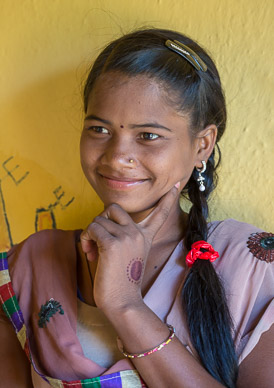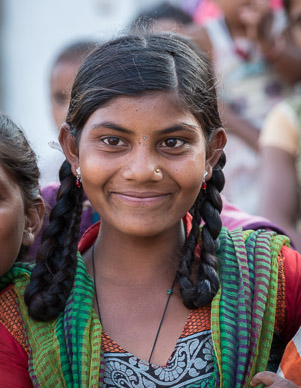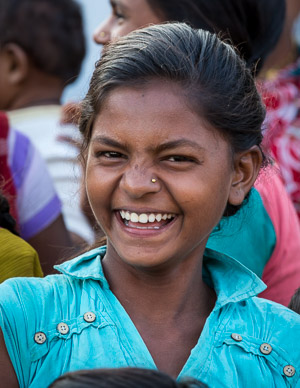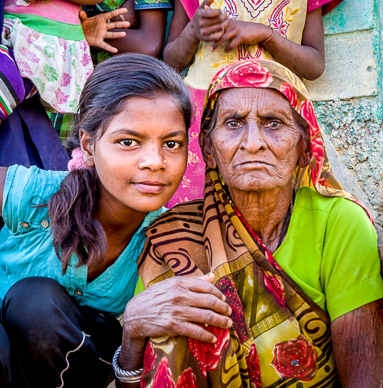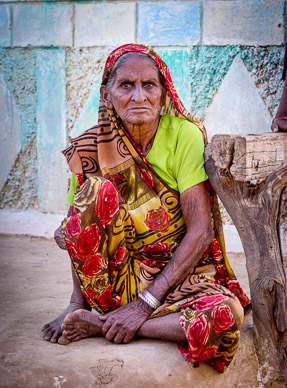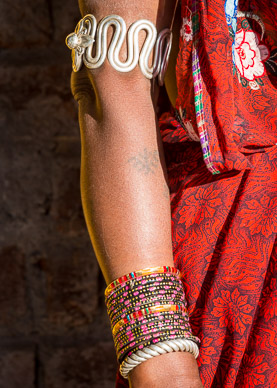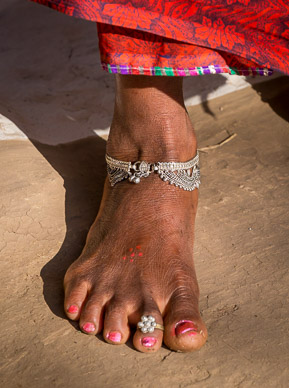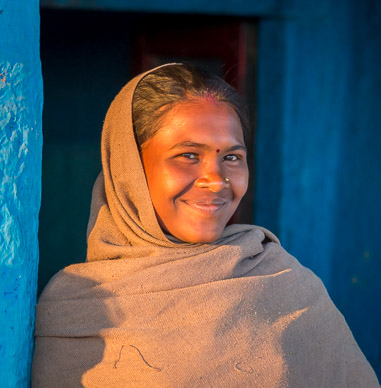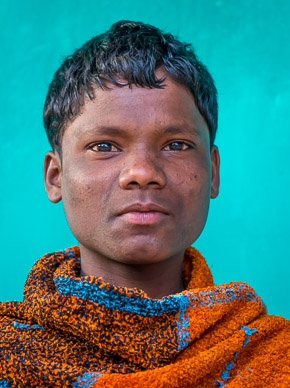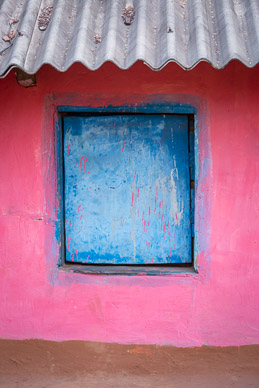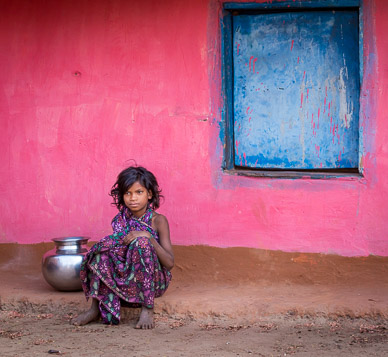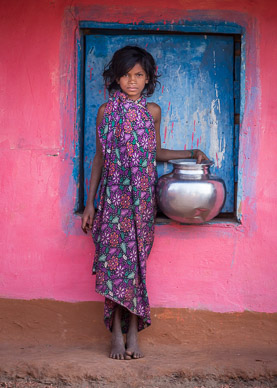Chhattisgarh Villages
India is a vast country having over 200 languages (17 official) and many more tribal groups. Given India's huge rural population, and the critical importance of its food & natural resources output, the Indian government has made its well-being a top national priority. For example, a major effort has been made to drill a deep well in each and every village, thereby avoiding the unhealthy consumption of surface water. In addition, human waste is no longer used in any way, but instead collected in specially constructed laterines and periodically disposed of. And a nurse or doctor visits every village once a week, with particular attention paid to the diets of pregnant or lactating women. To prevent large migration to urban areas (as China has experienced), India guarantees all rural residents 100 days of paid employment a year. Usually this is achieved by contracting a village to build (or re-build) a local road, dam, or similar work.
We visited many different tribal villages and we found some similar behaviors in each. For example, village cleanliness always seemed to be a high priority – usually an entire village is sweeped every morning, and all thresholds and courtyards are thoroughly scrubbed with dung water. Lots of activity around the village's well – the washing of pots (& sometimes bodies) and the collection of water (all by women, often young girls). Actually, bathing seems to be a daily practice of everyone, with strict segregation by gender. We often saw all of a village's livestock collected by a shared herder every day for field grazing; and we understand that in the evenings the herder just drives the cattle through the town and each head knows when to "peel off" to its home. Finally, the threshing of lentils is done in front of hand-powered wind machines.
We visited the following villages, each with particular high points:
- Benda – an evening visit where we observed a Saila (Stick) Tribal Dance and lots of happy children. One young man was crippled and used a government-supplied hand-operated tricycle for mobility. He seemed to be the most outgoing & sharpest individual in the village (e.g., knew the most English), and he appeared much loved and in no way self-conscious of his condition.
- Lata – an early morning visit where we observed the village's early morning routines, including: sweeping the entire village, scrubbing entrances & courtyards with dung water, collecting all of the village livestock, burning refuse, bathing (strictly gender segregated) & washing laundry, and threshing lentils.
- Dulddula – where we saw broom making and most of the village working on a new dam project.
- Muria – another early morning visit where we observed typical activities. Highlight was a performance of a Gonds Karma (Antler Horn) tribal dance. This is a Bastar Ghotul tribe which is historically known for having a mixed gender lodge for all the village's young people where open free-sex is common.
- Nainar – both early morning and late afternoon visits where we observed Gaur Maria (Bison Horn) tribal dance performances.
- Bhoramdea's Hindu Temple – we visited this ancient 7th-12th century Hindu temple complex, finding its inner sanctum sanctorium and intricate carvings of animals & eroticism fascinating.
Image Gallery – Tap to view an individual image, then swipe to advance; use the top-right controls for auto play & other options (e.g, tap the curved arrow to open sharing options):




